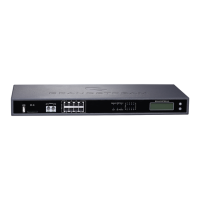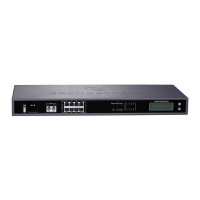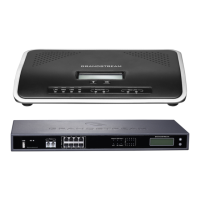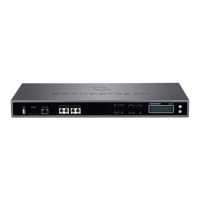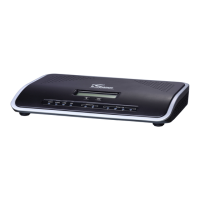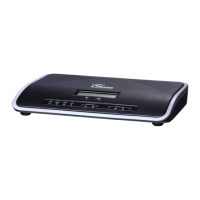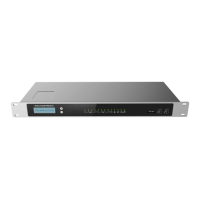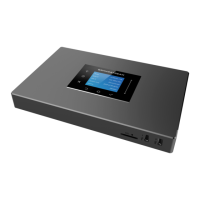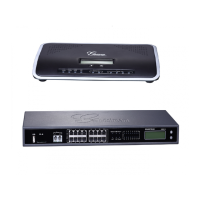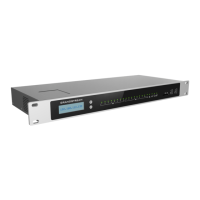Inbound Route: Prepend Example
UCM6200 now allows user to prepend digits to an inbound DID pattern, with strip taking precedence over
prepend. With the ability to prepend digits in inbound route DID pattern, user no longer needs to create multiple
routes for the same trunk to route calls to different extensions. The following example demonstrates the process:
1. If Trunk provides a DID pattern of 18005251163.
2. If Strip is set to 8, UCM6200 will strip the first 8 digits.
3. If Prepend is set to 2, UCM6200 will then prepend a 2 to the stripped number, now the number become
2163.
4. UCM6200 will now forward the incoming call to extension 2163.
Figure 114: Inbound Route feature: Prepend
Inbound Route: Multiple Mode
In the UCM6200, the user can configure inbound route to enable multiple mode to switch between different
destinations. The inbound multiple mode can be enabled under Inbound Route settings.
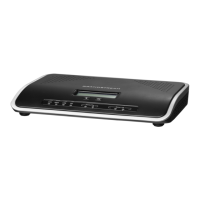
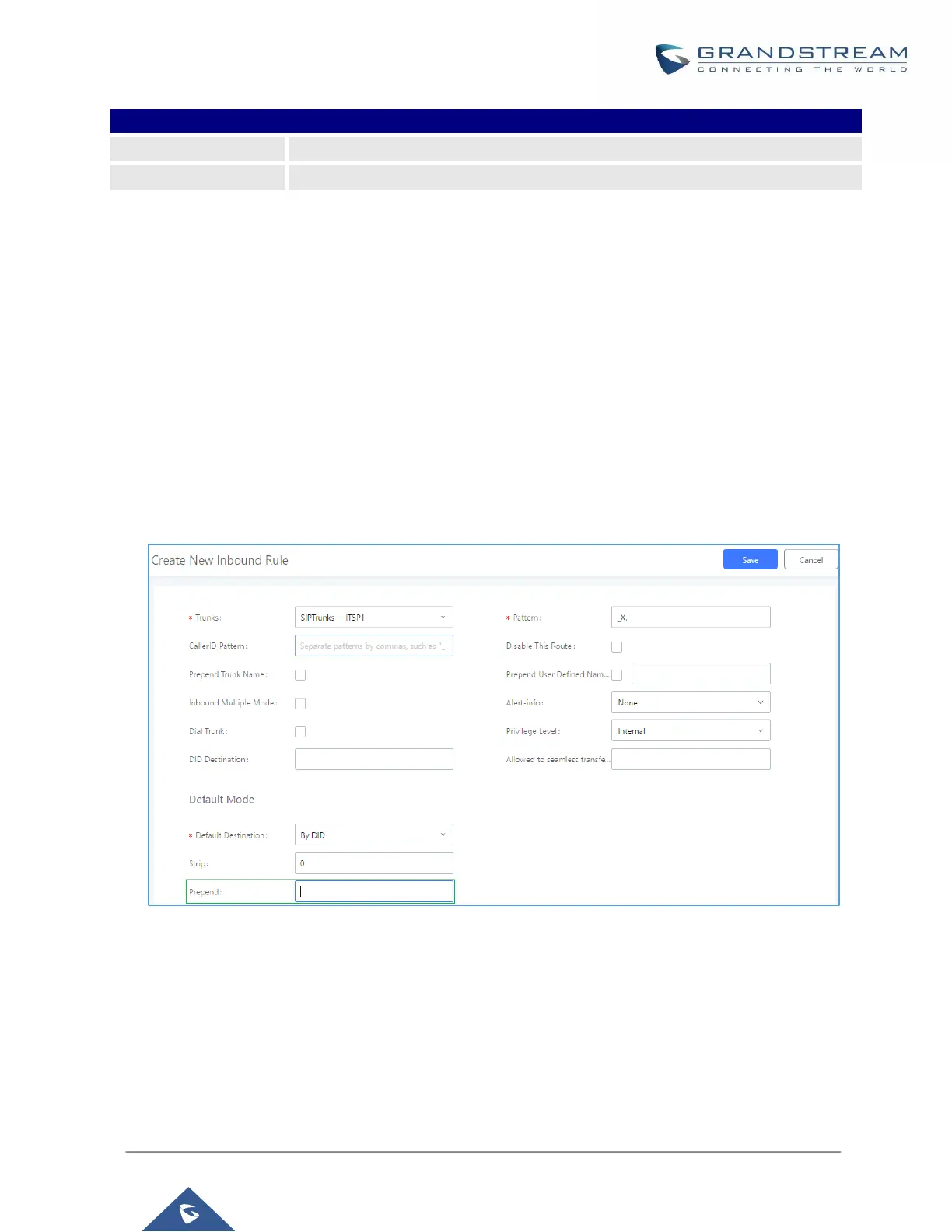